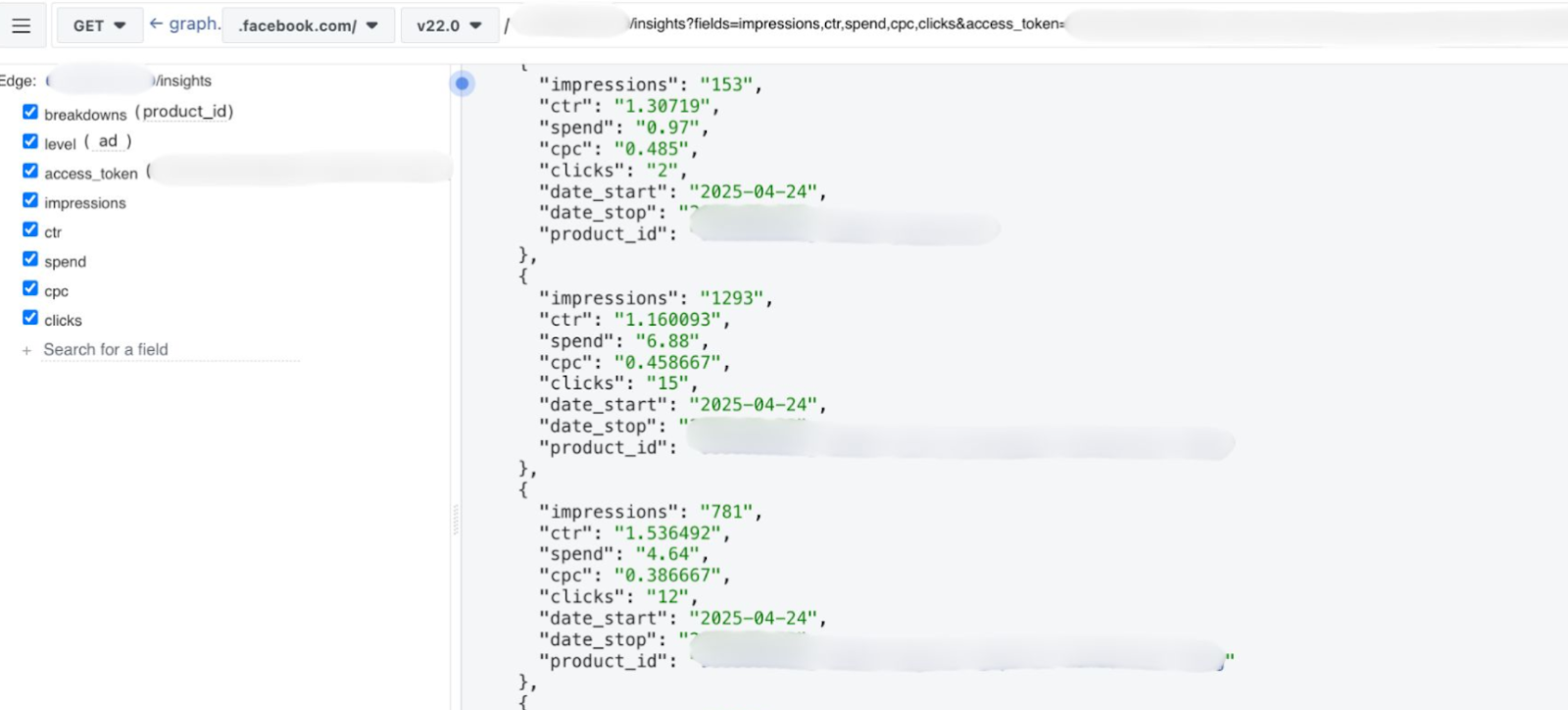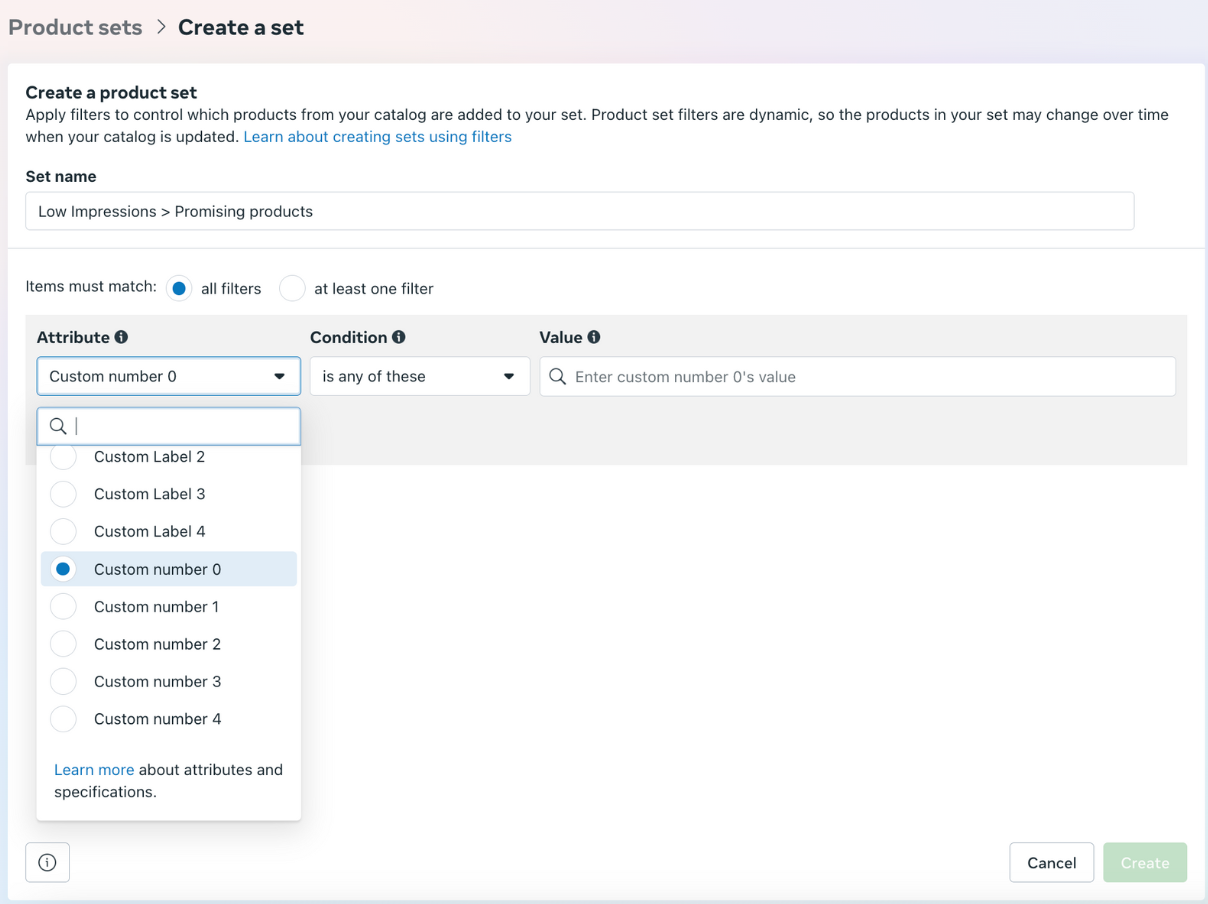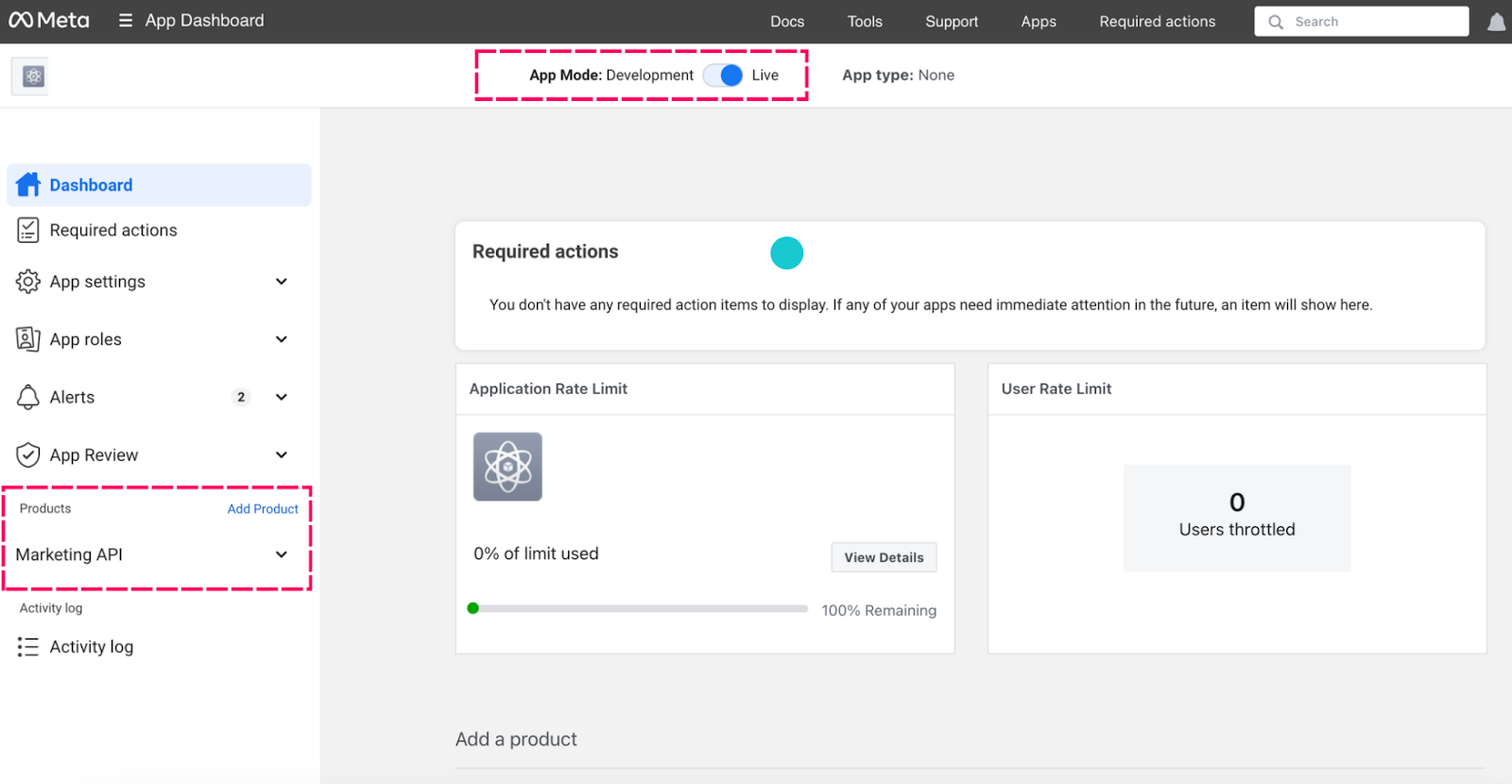How APIs extend data access and automation in Google Ads and Meta Ads

Google Ads and Meta Ads make campaign management look easy.
Their interfaces simplify daily work – adjusting budgets, reviewing performance, launching new creatives – but that simplicity also hides much of the data and automation potential that drives real impact.
That’s where APIs come in. Just as BigQuery revolutionized how data is stored and analyzed, APIs extend what can be measured, connected, and optimized within ad platforms.
They bridge systems, surface insights dashboards can’t show, and enable automations that elevate PPC performance and creative strategy.
With AI lowering the technical barrier, APIs are no longer just for developers.
They’ve become one of digital marketing’s most underused competitive advantages – ready to explore, one use case at a time.
APIs unlock data platform interfaces can’t show
Interfaces are built for ease of use and accessibility, though recent UI changes, like those in Google Ads, sometimes make them less intuitive.
But in terms of data and what you can actually do with it, the interface is usually just the tip of the iceberg.
APIs let you connect that data to other sources and perform deeper, more flexible analysis.
For example, the Search Console API can link SEO data to specific SERP results through the SERP API, giving you richer insight into what’s really happening for your keywords.
With a custom script, you can uncover patterns or shifts in intent that never appear in the Search Console UI.
Meta offers the same kind of depth. Its APIs provide far more data for custom reporting than the Meta Ads interface.
Among them, the Meta Marketing API stands out for its potential.
For ecommerce setups using product ads, the interface typically groups all product data together – impressions, clicks, revenue – without showing results for each product.
Without that detail, opportunities stay out of reach.
The Meta Marketing API fills that gap, giving you SKU-level performance data so you can adjust campaigns with precision.
Finding hidden product insights through the Meta Marketing API
The Meta Marketing API gives you access to performance metrics at the SKU level – a feature not provided by the interface.
With that data, you can analyze results by category, brand, or individual product to uncover new opportunities or refine product groupings.
Let’s look at a practical example. The SKU-level data retrieved through the API might look like this:

You can export this information to a spreadsheet and even automate the process with a Google Apps Script.
Once the columns are mapped as custom numbers or labels and uploaded to Meta, you can use them as filters when building product sets.
This makes it possible to create dynamic custom labels such as:
- Top performers.
- Newly launched products.
- Sleeping products.
- Items with high add-to-cart activity but low sales.
The ability to use custom labels in product feeds isn’t new – that’s been available in the interface for years.
What’s new is generating and updating those labels automatically, based on real-time Product Ads data.
That level of control is only possible through the API (or through paid external tools).

Get the newsletter search marketers rely on.
See terms.
Getting started with the Meta Marketing API
To start using the Meta Marketing API, it is helpful to understand the differences between the Marketing API and the Insights API.
- The Insights API is used to retrieve data – for automated reporting, comparisons, or analysis.
- The Marketing API goes further, allowing you to create or edit campaigns, retrieve detailed product-level data, and even run A/B tests.
For the type of use case described earlier, you’ll need access to a Business Manager with an ad account and a product catalog.
Through the developer portal, you can create a developer app that generates an access token with the required permissions: ads_read, ads_management, and catalog_management.
That might sound complex, but it’s more straightforward than it seems.
You don’t need a developer for this – it can be done independently, with or without help from AI.

Using the app information and your ad account ID, you can then go to the Graph API Explorer tool to create your access token.
Expanding automation and insights with the Google Ads API
The Google Ads API has come a long way since the early days of tools like Adios on GitHub, which required a developer token just to test.
Much has changed since then – the rise of AI, LLMs, and tools like Cursor have made direct interaction with the API easier and far more powerful.
I use Cursor to automate tasks and communicate directly with the Google Ads API, which opens new possibilities for automation, reporting, and optimization.
Many of the popular scripts in use today – from experts such as Mike Rhodes, Frederick Vallaeys, and Nils Rooijmans – rely on the Google Ads API to function.
The API can automatically adjust bids, shift budgets, add negatives, update ad copy, and more.
Setting up the Google Ads API
To get started, you’ll need an MCC account to request a developer token.
You’ll also need a Google Cloud Project, since the API runs on Google Cloud.
Once the project is set up, enable the Google Ads API to receive the credentials you’ll use in your scripts to make API calls.
I won’t go into scripts in depth here, but AI has made creating automated workflows much easier.
With the right prompts or logic, you can generate scripts that use the API to perform nearly any routine action in your account.
And for those ready to explore further, Google recently launched the Google Ads MCP Server – an advanced framework that opens even more possibilities.
Seeing marketing as a system, not a dashboard
APIs aren’t just for developers anymore – especially now that AI tools make them more accessible than ever.
They remain one of the most underused competitive advantages in digital marketing, and it’s time to start taking advantage of them.
The first step is to define what you want an API to accomplish – the problems you want to solve or the automations you want to build.
Talk with peers or experiment with LLMs to explore possibilities.
You don’t need development experience to begin; curiosity and a systems mindset matter more than technical skill.
Once you have an idea, start small. Don’t aim for complex calls or full-scale automations right away.
Break the process into manageable steps – it’s easier to test, refine, and build momentum that way.







Recent Comments